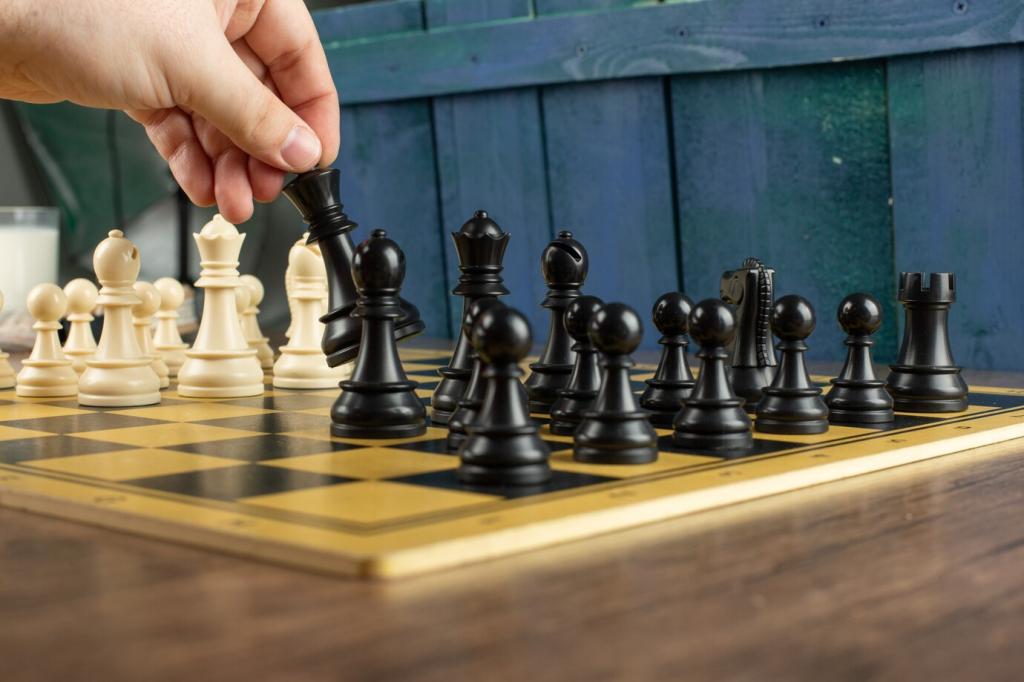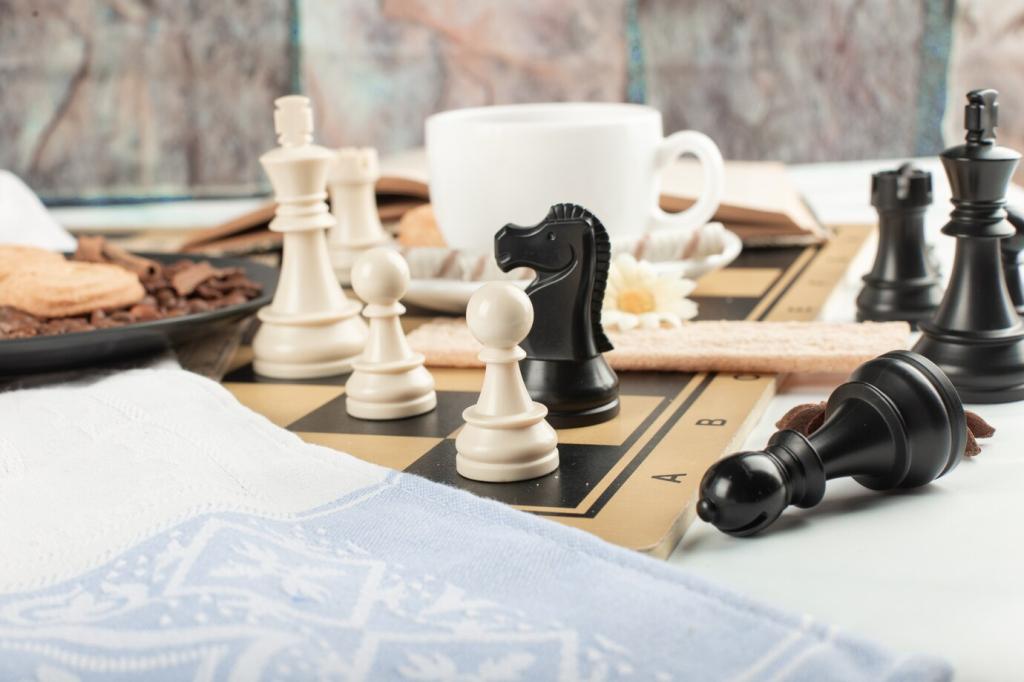Revolution in the Streets, Revolution in the Studio
Barefoot and resolute, she strides across cobblestones strewn with bodies, tricolor raised like a sentence already pronounced. The painter risks controversy to praise insurgent courage. Which image today would you carry into a march, and why?
Revolution in the Streets, Revolution in the Studio
Chopin’s Revolutionary Étude hammers left-hand storms that recall shattered hopes after uprisings. Practice becomes protest when memory fuels every chord. What skill are you willing to drill daily so your values resound when the moment arrives?
Revolution in the Streets, Revolution in the Studio
Sleepless revisions, frozen studios, and scraped knuckles are quiet sacrifices behind public breakthroughs. Every finished piece hides a battlefield of drafts. Share your behind-the-scenes struggle, and subscribe to meet creators who turn endurance into luminous work.
Revolution in the Streets, Revolution in the Studio
Lorem ipsum dolor sit amet, consectetur adipiscing elit. Ut elit tellus, luctus nec ullamcorper mattis, pulvinar dapibus leo.







